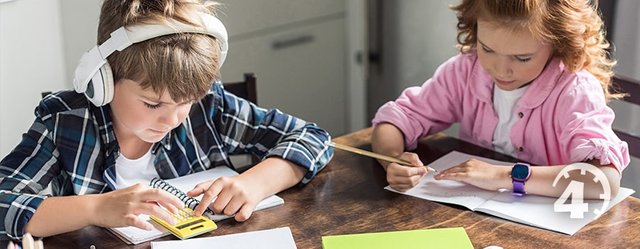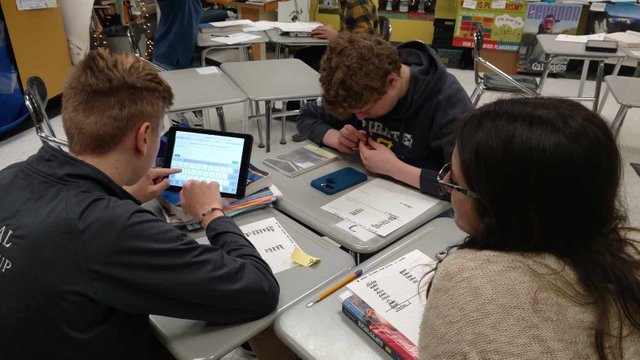Different Learning Styles
Learning is the process of gaining new knowledge, concepts, skills, behaviors, emotions, orientations, and preferences from experience. Humans possess the ability to learn voluntarily; animals, plants, and machines learn through negative or positive reinforcement. The processes that motivate learning are social, cultural, cognitive, neurological, interpersonal, and technological.

Every student has a unique set of learning styles. In school, there are many different learning styles. Some students are visual, while others are more orally stimulated. Some are focused on reading, while others are more interested in writing. Some students are so focused on performing calculations that they fail to attend to other important concepts.
Learning styles differ on the basis of kinesthetic involvement, motor activity, sensory experience, environmental context, internal representations, role-playing, and self-monitoring. There are five basic learning styles: Kinesthetic learners use their bodies to learn. Kinesthetic learners have a strong sense of touch and movement. They can move around using all of their limbs.
Kinesthetic learners use the physicality of their environment as a major source of information. For example, if a lesson requires them to draw a line from left to right, they will do it using bodily actions such as stretching their arms, pressing their fingers into the ground, or bending their knees. This type of learning style, known as swot strategies, requires that you use your hands, arms, legs, feet, or whatever natural movement you have available to identify an object. These learners are great at following instructions, following maps, identifying colors and shapes, following diagrams, following lists, following the text, and following people. However, they often skip straight ahead or are easily sidetracked. Kinesthetic learners are good in groups and have good problem-solving skills.
Another two different learning styles are described as non-kinesthetic and cognitive. Non-kinesthetic learners enjoy studying by themselves, reading, watching television, or playing with family members. They do not actively seek out knowledge and are very dependent on their environment for information. These students are comfortable being in a wide range of settings and are well adjusted; however they tend to be forgetful and slow learners. Because they are comfortable forgetting things, non-kinesthetic learners also have poor problem-solving skills and tend to procrastinate.
The last two learning styles are described as visual learners and auditory learners. Visual learners process information visually. Their main problem is having too much information to process at one time and using abstract thought processes to organize and sort it. In addition, visual learners have trouble with new tasks because they need to visualize the sequence of actions needed to complete the task. They are excellent problem-solvers and are good at problem solving but they also have trouble adapting to changes.
The final two different learning styles are described as kinesthetic and cognitive. Kinesthetic learners enjoy working in physical settings; they use music, sand, boards, puzzles, or other physical activities to process information. They like to physically move their hands and feet and are very flexible, but they lack the attention span of the cognitive learners and tend to be forgetful. They have poor problem-solving skills but do well on tasks that require creativity and problem-solving.

Teaching methods can help you customize learning experiences and design study sessions based on your students' preferences and skill sets. One of the best ways to create personalized learning experiences is through the use of effective graphic organizers. Effective graphic organizers allow you to label, color-categorize, prioritize, brainstorm, or summarize information. You can use graphic organizers to create a workbook or shopping list, a memory book, or a to-do list. Graphic organizers also make it easy to present data in a clear and concise manner.